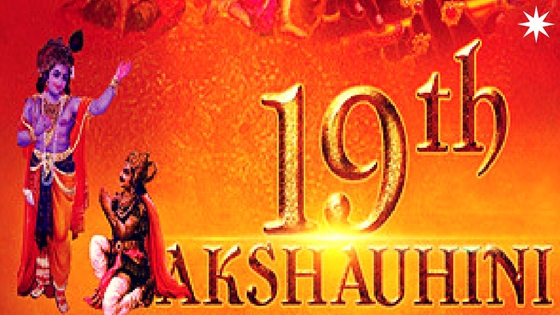When you are done with this life, where do you go? If you believe in a piece called soul, where does your soul go after your death? If you believe in Gods and angels and demons, where are they? Who goes to heaven and who go to hell? Who made the world and who destroys it time and again to be re-constructed? There are many questions like this, which keep coming in our minds time to time, and we are looking for their answers constantly. Is there a book which can solve all the mysteries? Is there any spiritual book which can tell us what the life is? Without being so much to and fro, we will point the fingers towards the religious scriptures of different religions. However, while most of those talk majorly about religion and all, there is a book – The Bhagawad Gita, which alone is the book that transcends simple religious discourse to become the book of philosophy read by people across the world. Gita talks of life, death, Karma, akarma, pap, punya and so many other topics which we all want to understand. The big question, after all this, arises – is there any other book which can simplify the doctrines of Gita for our understanding? The answer, fortunately, is yes! We have recently come across The 19th Akshauhini: algorithm of the Gita, a book which decodes the Gita for you in the modern context.
Haribakth, a retired banker who has devoted his life to spirituality and studies, has written 19th Akshauhini. Haribakth examines the messages in the Gita and presents those in the simplest possible form to the modern readers. Divided in several chapters and containing many surprising allusions, analogies and interpretations, 19th Akshauhini will open to you a new world of Gita. This book is designed and executed with proper content is such a way that it becomes very useful for those who read Gita for the first time as well as for those who have had enough of the Gita first hand and now want various views on it.
Content-wise, one might find this book a little abrupt or having no certain order. Well, is there any kind of order in our lives? The answer is now. We keep learning things as they come to us and such is the book’s message. This book has nine sections and one more which talks about the authors. Like the Waste Land, you might find all the sections very much aloof and entirely unlinked from the others. However, as that masterpiece by Eliot had a deep meaning rooted inside the text, this book has rather the meaning in an exposed way. The purpose of this book is to present Gita in a convenient way to the readers of the modern age – in a language that is understood and spoken by many of us! And to us, Haribakth has clearly succeeded in that purpose.
One more interesting part of the book is the co-author Vaishnavi’s sketches which are equally useful for a 11 years student as well as an well-educated and settled person of 80. She has delivered the messages of the Gita through her art which is wonderful to behold.
To conclude, 19th Akshauhini: algorithm of the Gita is a book on the Bhagwad Gita which you must read if you are interested in finding out the lessons on life, death and Karma. Moreover, the learned persons can have a look at the modernistic approach to the forever-philosophic treasure.
